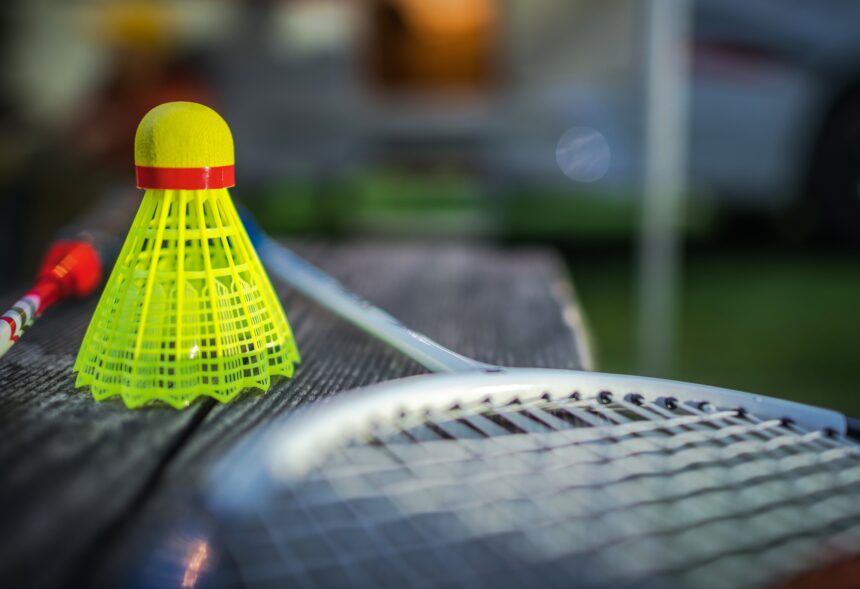Introduction to Padel: A Unique Racquet Sport
Padel is a rapidly growing racquet sport that combines elements of tennis and squash, offering a unique and engaging experience for players of all ages and skill levels. Originating in Mexico in the 1960s, padel has gained immense popularity in Europe and Latin America, with millions of players worldwide. This article explores the fundamentals of padel, its rules, benefits, and the reasons behind its increasing popularity.
The Basics of Padel
Padel is played on an enclosed court that is about one-third the size of a tennis court. The game can be played in singles or doubles format, although doubles is the more common way to play. The court is surrounded by glass walls, which players can use to their advantage, similar to squash.
Rules and Gameplay
The rules of padel are relatively simple, making it accessible for beginners. Here are some key aspects of the game:
- Scoring: Padel uses the same scoring system as tennis, with games played to four points (15, 30, 40, and game). Matches are typically played in best-of-three sets.
- Serve: The serve must be underhand and bounce once before being hit. The ball must land in the opponent’s service box.
- Walls: Players can hit the ball off the walls, allowing for strategic plays and longer rallies.
- Faults: A player loses a point if the ball bounces twice before being hit or if they hit the ball out of bounds.
The Benefits of Playing Padel
Padel offers numerous physical and mental benefits, making it an attractive option for fitness enthusiasts and casual players alike. Some of these benefits include:
- Cardiovascular Fitness: Padel is an excellent way to improve cardiovascular health, as it involves constant movement and quick reflexes.
- Social Interaction: The doubles format encourages social interaction, making it a fun way to spend time with friends or meet new people.
- Low Injury Risk: The smaller court size and slower pace reduce the risk of injury compared to other racquet sports.
- Skill Development: Padel helps develop hand-eye coordination, agility, and strategic thinking.
The Rise of Padel: A Global Phenomenon
In recent years, padel has seen a surge in popularity, particularly in Europe. According to the International Padel Federation, there are over 25 million players worldwide, with Spain leading the way as the country with the most padel courts and players. The sport’s growth can be attributed to several factors:
- Accessibility: Padel courts are easier to build than tennis courts, making them more accessible in urban areas.
- Community Engagement: Many clubs and communities are investing in padel facilities, fostering a sense of community and encouraging participation.
- Media Exposure: Increased media coverage and professional tournaments have raised awareness and interest in the sport.
Case Study: Padel in Spain
Spain serves as a prime example of padel’s success. The country boasts over 10,000 padel courts and has produced some of the world’s top players, such as Juan Lebrón and Alejandra Salazar. The sport has become a staple in Spanish culture, with many schools incorporating padel into their physical education programs.
Conclusion: The Future of Padel
Padel is more than just a combination of tennis and squash; it is a dynamic sport that promotes fitness, social interaction, and strategic thinking. With its growing popularity and accessibility, padel is poised to become a mainstay in the world of racquet sports. As more people discover the joys of playing padel, it is likely that we will see continued investment in facilities, increased participation, and a bright future for this exciting sport.
Padel offers a unique blend of fun, fitness, and community engagement, making it an ideal choice for anyone looking to enjoy a racquet sport. Whether you are a seasoned athlete or a complete beginner, padel provides an opportunity to stay active while having a great time.
Discover the latest insights and expert analysis on sports betting at Sharpbet – your go-to source for winning strategies!
